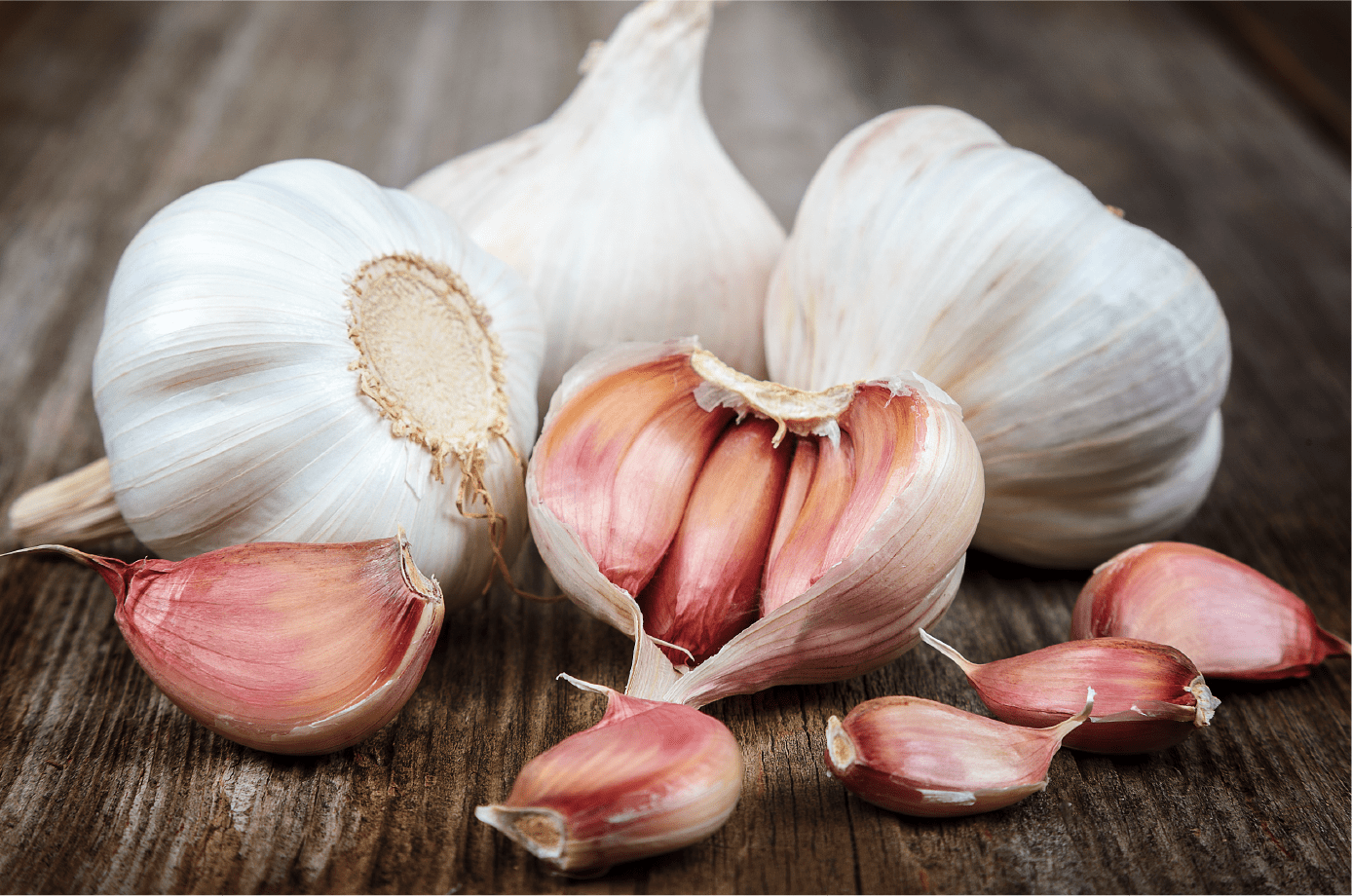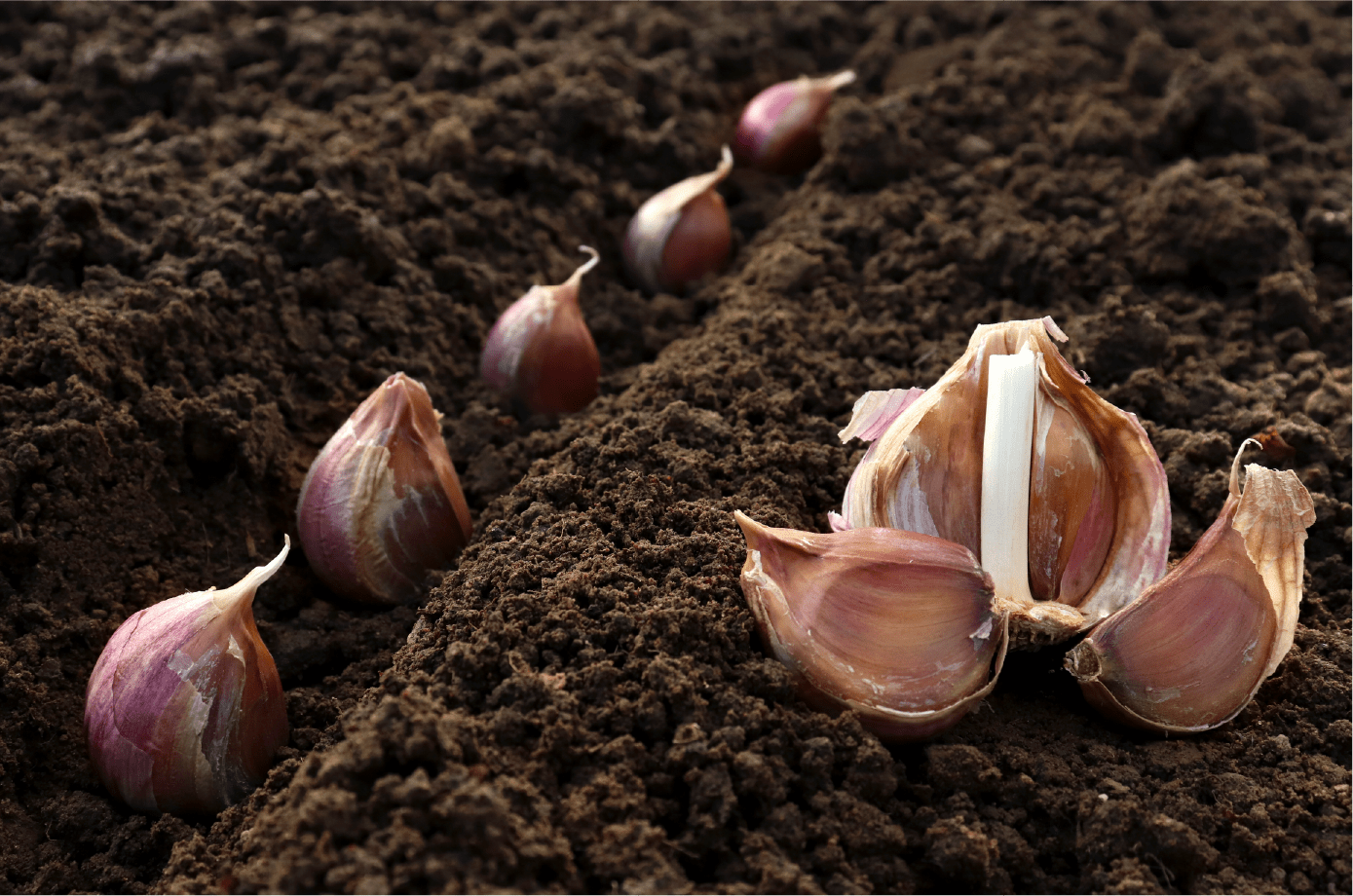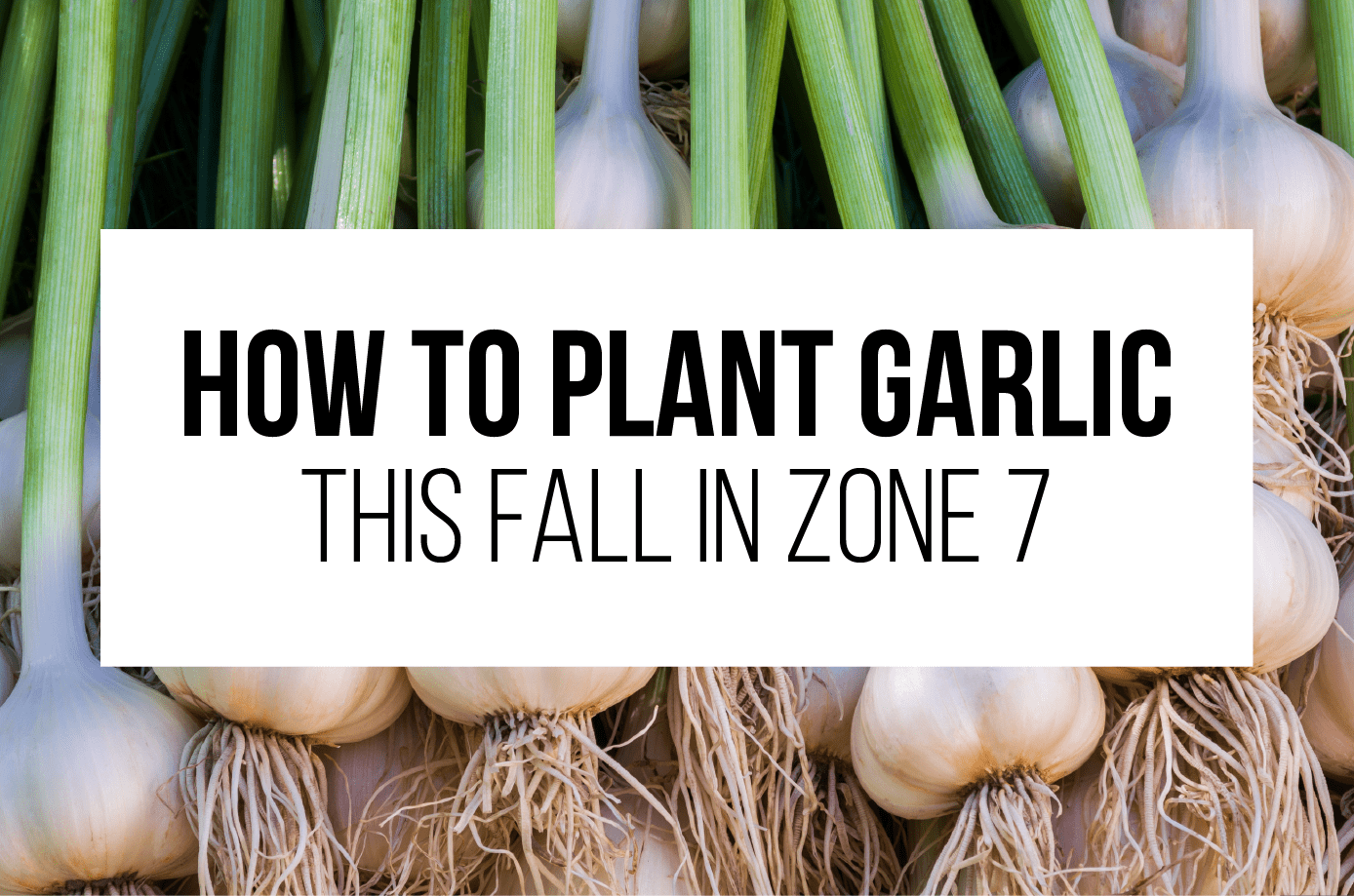Planting Garlic in Zone 7
Introduction
As fall paints our gardens in vibrant colors, it’s the perfect time to plant garlic in Zone 7! This beloved crop thrives when tucked into the soil as temperatures cool, developing strong roots before winter’s chill sets in. We recommend planting around two weeks after your average first frost date, typically by late October. This timing allows the plant to establish roots but keeps it from pushing out too much top growth, which can leave it vulnerable when the cold weather arrives.
Types of Garlic
Garlic comes in two delightful varieties: softneck and hardneck.
- Softneck is the star of many grocery stores. It doesn’t produce a flower stalk and boasts a longer shelf life, making it a great choice for our warmer Zone 7. Varieties like Inchelium Red and Red Toch will thrive in our gardens.
- Hardneck, with its charming flower stalks, offers fewer but larger cloves. It’s perfect for our cooler winters, and varieties like German Extra Hardy, Chesnok Red, and Music will reward you with delicious bulbs.

Peeling softneck garlic.
How & When to Plant Garlic
For our region, we recommend planting garlic about two to three weeks after the first average frost—around late October or early November. This year, the first average frost date is October 31st. As long as the ground isn’t frozen, it’s the perfect time to get those cloves in the ground. This helps them establish a strong root system without producing too much top growth too soon. Below are some of our top tips for planting your garlic.
- Choose the biggest cloves from your bulbs—bigger cloves mean bigger, healthier plants!
- Plant the cloves pointy side up, about 2-3 inches deep, with 6-8 inches of space between each one.
- Create patches instead of rows, allowing them to spread out and thrive without crowding.
Before planting, enrich your soil with plenty of organic matter like compost or aged manure. We recommend waiting to add fertilizer until later, as this can encourage early growth that’s easily damaged by winter weather.

Hardneck garlic, right, and cloves being planted.
Mulching & Care
After planting, give your garlic a cozy winter blanket of mulch—straw or pine needles work wonders for protection. In the chillier parts of Zone 7, a thicker layer of 4-6 inches is ideal. As spring arrives and temperatures warm, gently pull back the mulch and treat your crop with a dressing of high-nitrogen fertilizer.
Watering is key! Garlic loves deep, infrequent watering. Aim for about half an inch to one inch of water per week, but remember to stop watering as the leaves start to yellow, preparing the bulbs for harvest.
Harvesting & Storing
Your garlic will let you know when it’s time to harvest—when about 75% of the leaves have turned yellow, it’s showtime! Gently loosen the soil around each bulb with a garden fork and lift them carefully from the ground. Allow your harvested garlic to cure in a warm, well-ventilated area out of direct sunlight for 2-3 weeks. Once cured, trim the tops and roots, and store them in a cool, dry place between 40-60°F.
Conclusion
With our guide, you’ll be well on your way to growing a beautiful crop of garlic this fall, adding a touch of charm and flavor to your kitchen all year long! If you have any questions that weren’t answered or need more information, feel free to stop by and see us at either the Broad St. or Mechanicsville location. You can also give us a call or drop us an email at info@stranges.com. We’re here to help you grow better!
Connect with Strange’s:
Instagram: @StrangesRVA Facebook: @Strange’s Florist
Mechanicsville: 804-321-2200 West Broad: 804-360-2800










